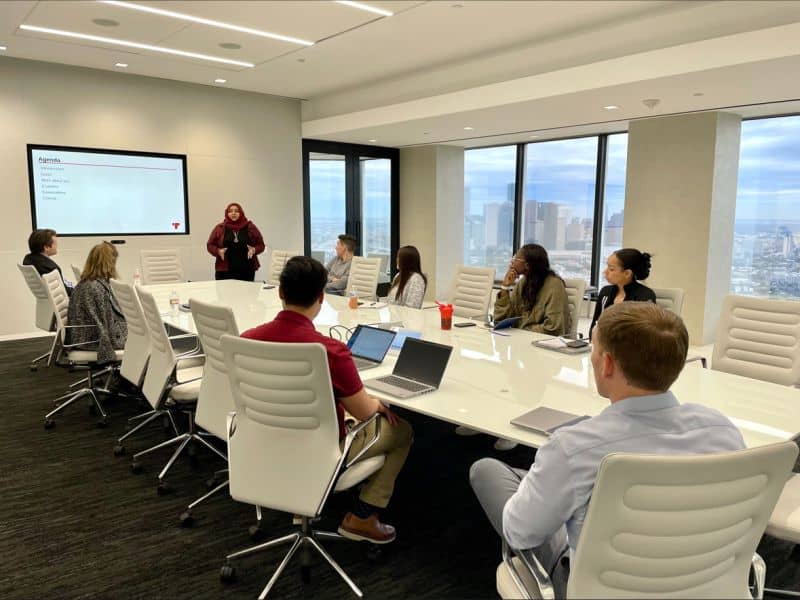How Clear is Your Vision?
A well-articulated vision can be your most important tool for creating positive employee and client experiences, hence maximizing financial growth. But surprisingly, in many successful organizations the top leadership vision for the future is an area of ambiguity for the majority of employees.
Only “22% of employees strongly agree the leadership of their organization has a clear direction for the organization.” according to Gallup’s State of the American Workplace Report
The lack of clarity around your vision can be most detrimental to optimal employee and client experiences. Spending a little bit of time on clearly articulating your vision and establishing alignment around it can go a long way in maximizing potential for your people, your organization, and you. Here are a few examples:
- Results that exceed expectations. A clear vision offers guidance as to where the organization is heading and its key pillars for getting there. This creates space for employees to take initiative, going above and beyond their stated goals to serve a bigger purpose while realizing their potential.
- Prioritizing clients. If developed properly, a well-articulated vision is constant reminder of who you are looking to serve and what makes you unique for them. It offers the foundation for developing and implementing strategies that optimize the client experience. As a result, your people are motivated to operate as a single team that is responsible for creating better and better client experiences.
- Attracting and retaining top talent. High potential talent is typically looking for ways to align their capabilities and ambitions with a fulfilling and promising future. Sitting there and doing as told becomes underwhelming for them so quickly. A clear vision that allows them to reach for the stars is a big part of what they need to fuel the growth of your organization and stick with it.
Developing or revisiting and communicating your future vision may seem like a cumbersome effort that delays operations and delivery. Honestly, doing it right doesn’t typically take that long for an already successful organization. Yet, it multiplies your success in ways that could even be much beyond your own imagination.
Connect with us and let’s discuss our approach for facilitating visions development, articulation, and alignment using a simple format.

